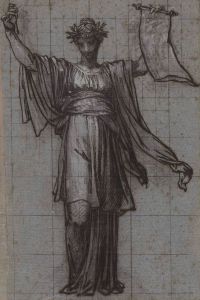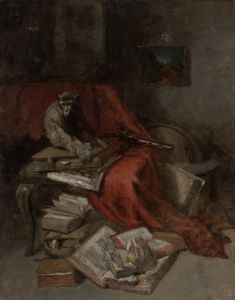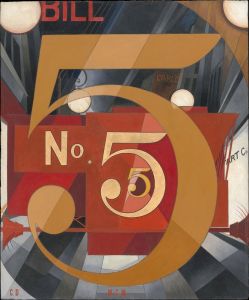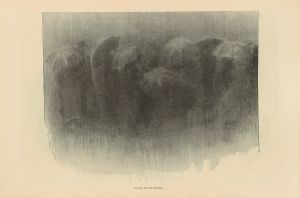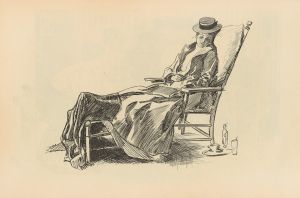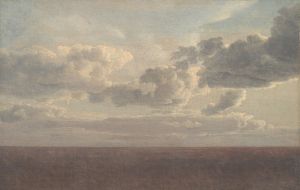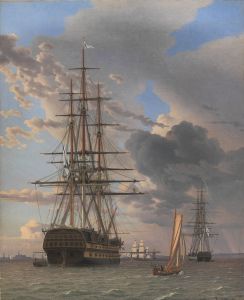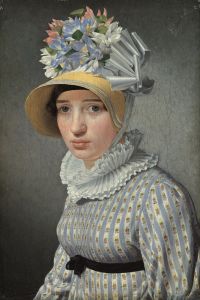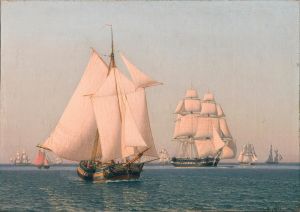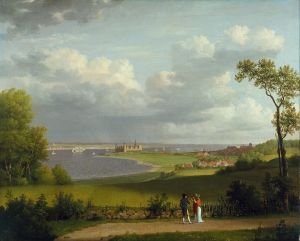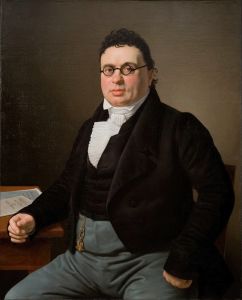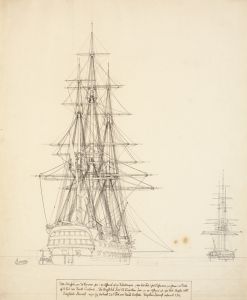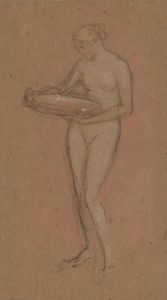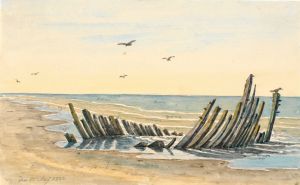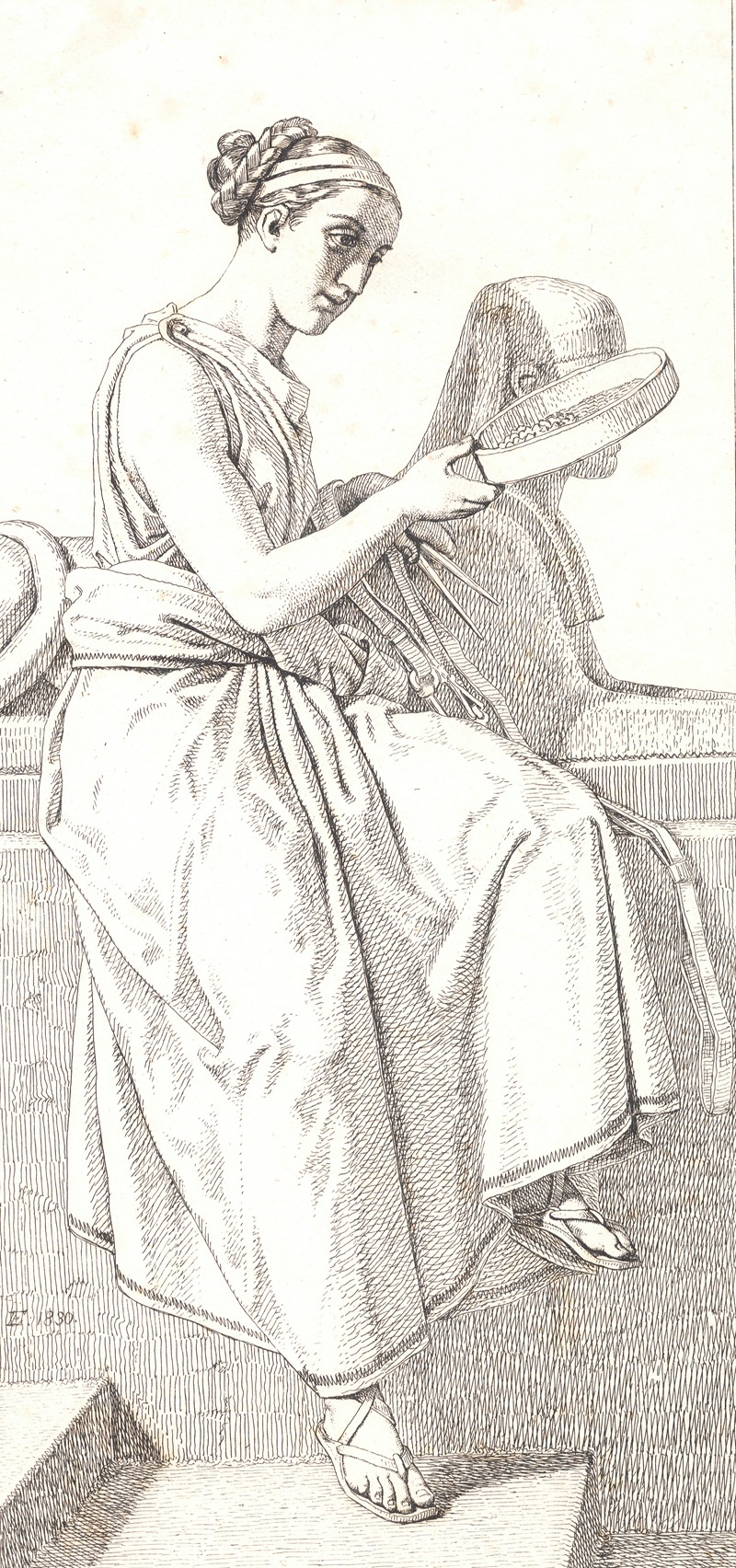
Fornuften Allegorisk figur
A hand-painted replica of Christoffer Wilhelm Eckersberg’s masterpiece Fornuften Allegorisk figur, meticulously crafted by professional artists to capture the true essence of the original. Each piece is created with museum-quality canvas and rare mineral pigments, carefully painted by experienced artists with delicate brushstrokes and rich, layered colors to perfectly recreate the texture of the original artwork. Unlike machine-printed reproductions, this hand-painted version brings the painting to life, infused with the artist’s emotions and skill in every stroke. Whether for personal collection or home decoration, it instantly elevates the artistic atmosphere of any space.
Christoffer Wilhelm Eckersberg, often referred to as the "father of Danish painting," was a prominent figure in the Danish Golden Age of art. His work, "Fornuften Allegorisk figur," is a testament to his skill and his ability to convey complex themes through allegory and symbolism. Eckersberg was born in 1783 in Blåkrog, Denmark, and he played a crucial role in shaping the Royal Danish Academy of Fine Arts, both as a student and later as a professor.
The painting "Fornuften Allegorisk figur" is an allegorical representation, a style Eckersberg was known to explore. Allegorical paintings use figures, symbols, and narratives to convey deeper meanings, often moral, philosophical, or political. While specific details about this particular painting are scarce, Eckersberg's oeuvre often included themes of reason, enlightenment, and the human condition, reflecting the intellectual currents of his time.
Eckersberg's education and travels significantly influenced his artistic development. He studied at the Royal Danish Academy of Fine Arts, where he was taught by some of the leading artists of the time. His talent was recognized early, and he received a travel scholarship that allowed him to study in Paris under Jacques-Louis David, a master of Neoclassicism. This experience honed his skills in composition, perspective, and the use of light, which became hallmarks of his style.
In 1813, Eckersberg traveled to Rome, where he was deeply influenced by the classical art and architecture. This period was crucial in shaping his approach to painting, as he began to incorporate classical themes and techniques into his work. His time in Rome also exposed him to the works of other contemporary artists, which broadened his artistic perspective.
Eckersberg returned to Denmark in 1816 and became a professor at the Royal Danish Academy of Fine Arts in 1818. His teaching methods and emphasis on drawing from life had a lasting impact on Danish art, influencing a generation of artists. He encouraged his students to observe nature closely and to depict it with precision and clarity, principles that were evident in his own work.
The allegorical nature of "Fornuften Allegorisk figur" aligns with the intellectual environment of the early 19th century, a time when artists and thinkers were deeply engaged with ideas of reason and enlightenment. While specific interpretations of the painting may vary, it likely embodies Eckersberg's engagement with these themes, using allegory to explore the concept of reason.
Eckersberg's legacy is significant, not only for his contributions to Danish art but also for his role in fostering a new generation of artists. His works are celebrated for their technical precision, clarity, and the ability to convey complex ideas through visual means. "Fornuften Allegorisk figur," like many of his paintings, reflects his mastery of these elements and his commitment to exploring the deeper meanings of human experience through art.





